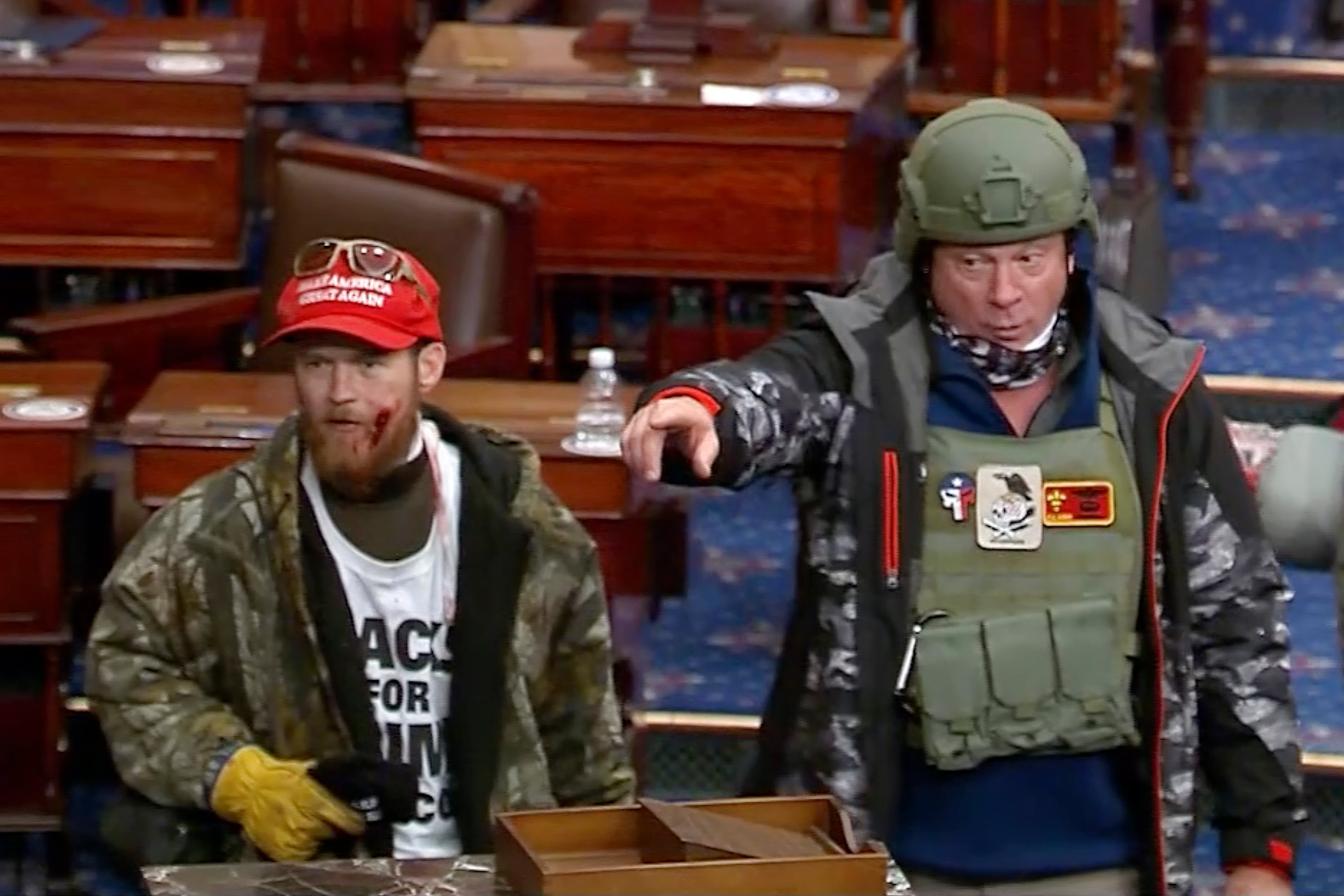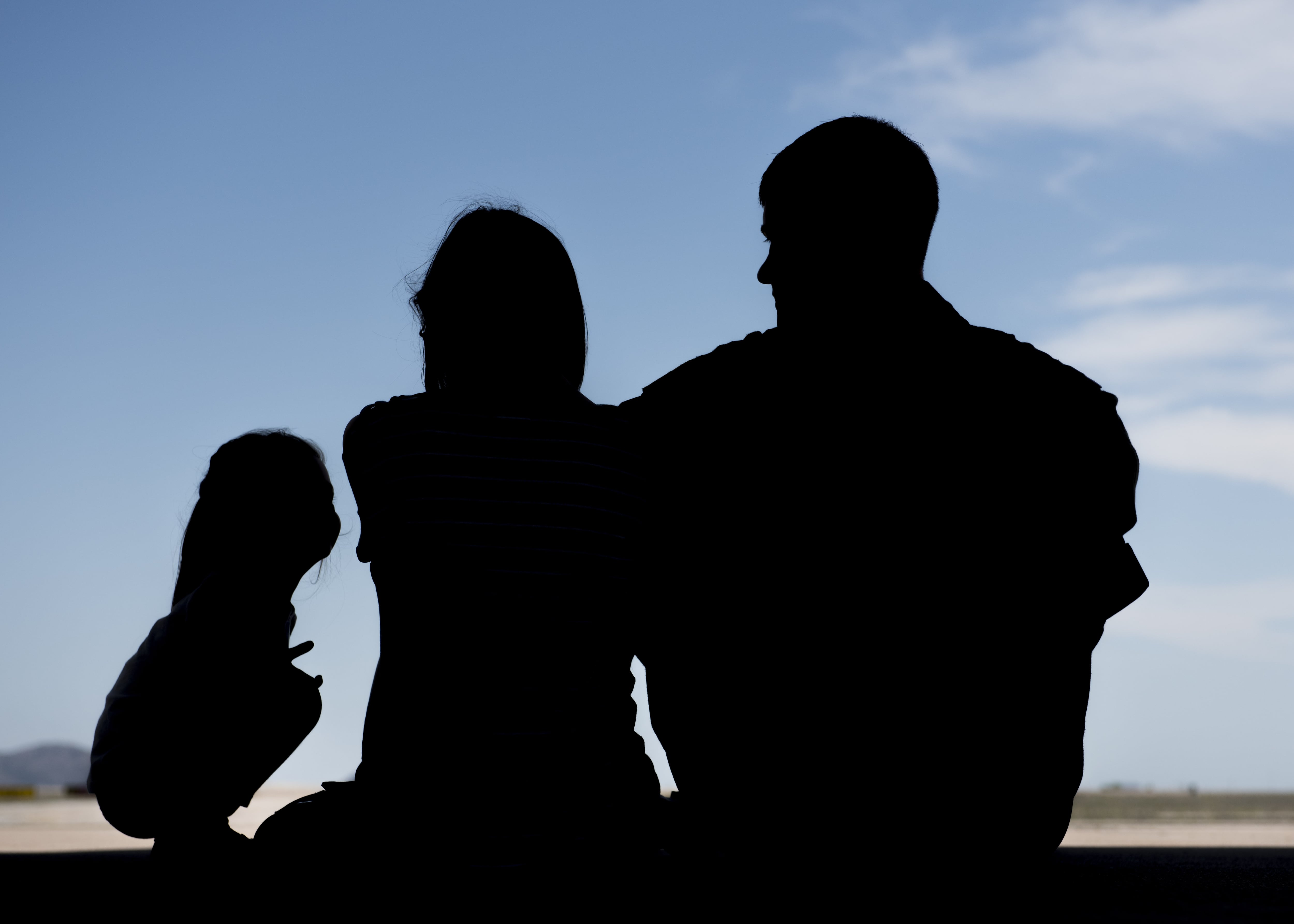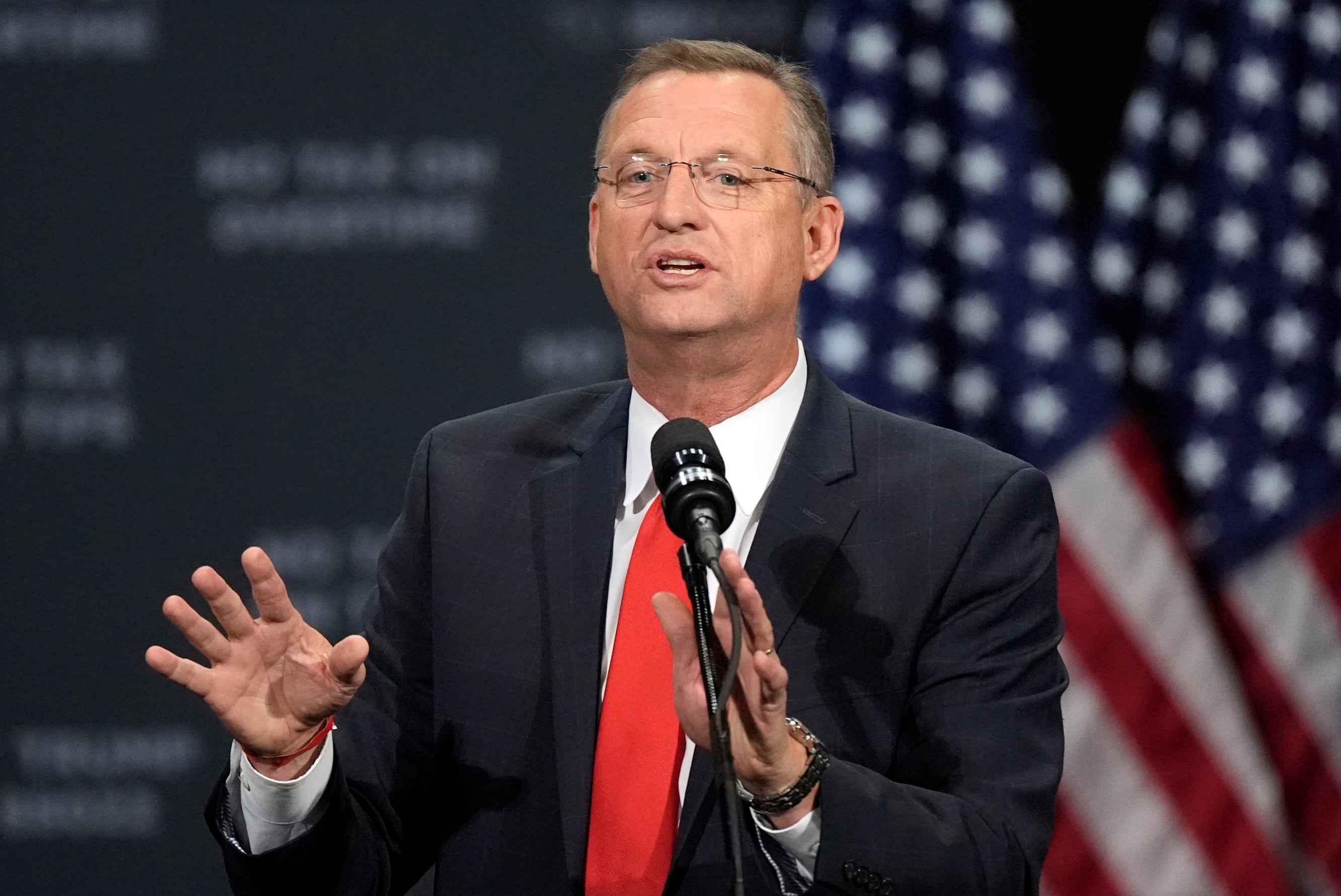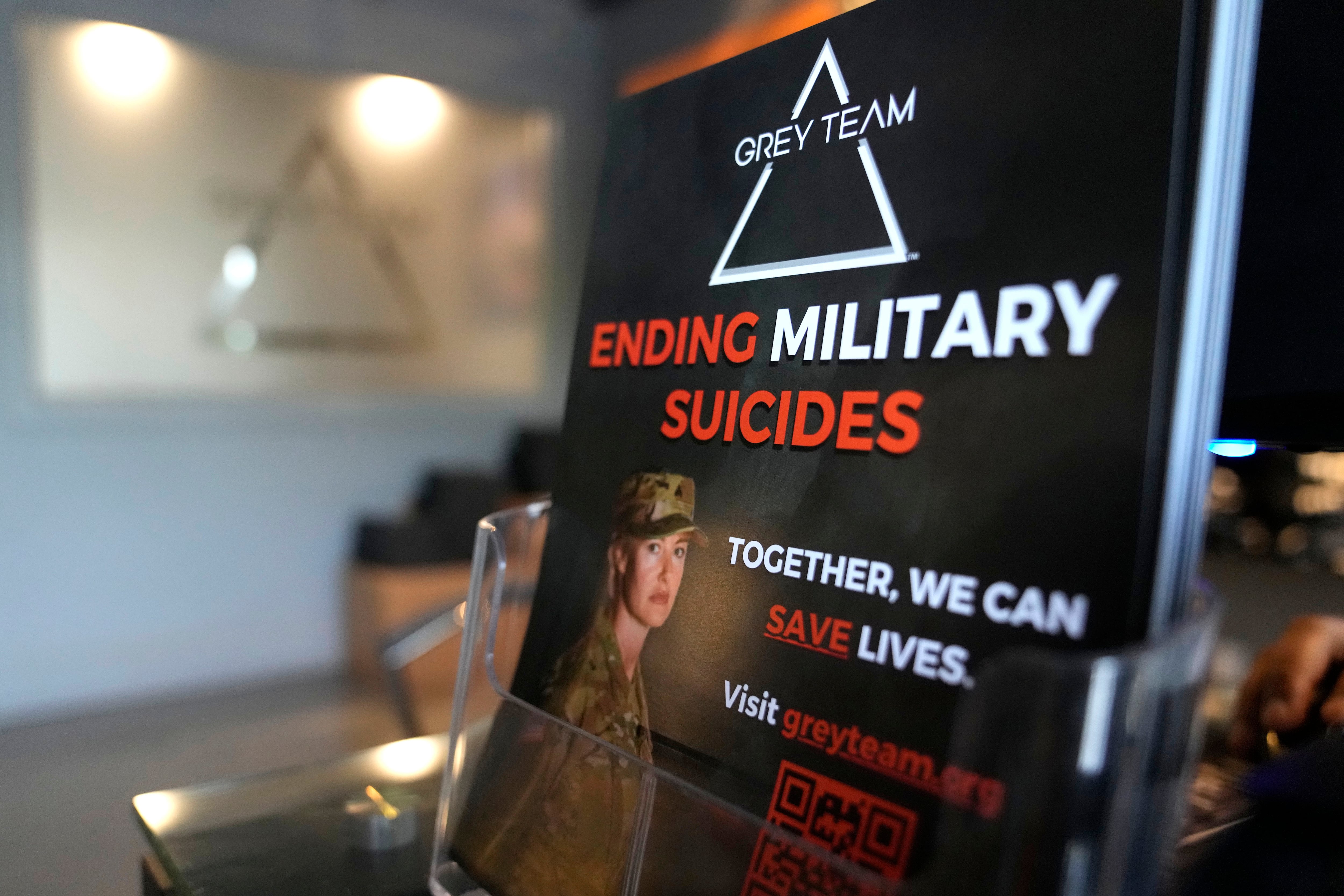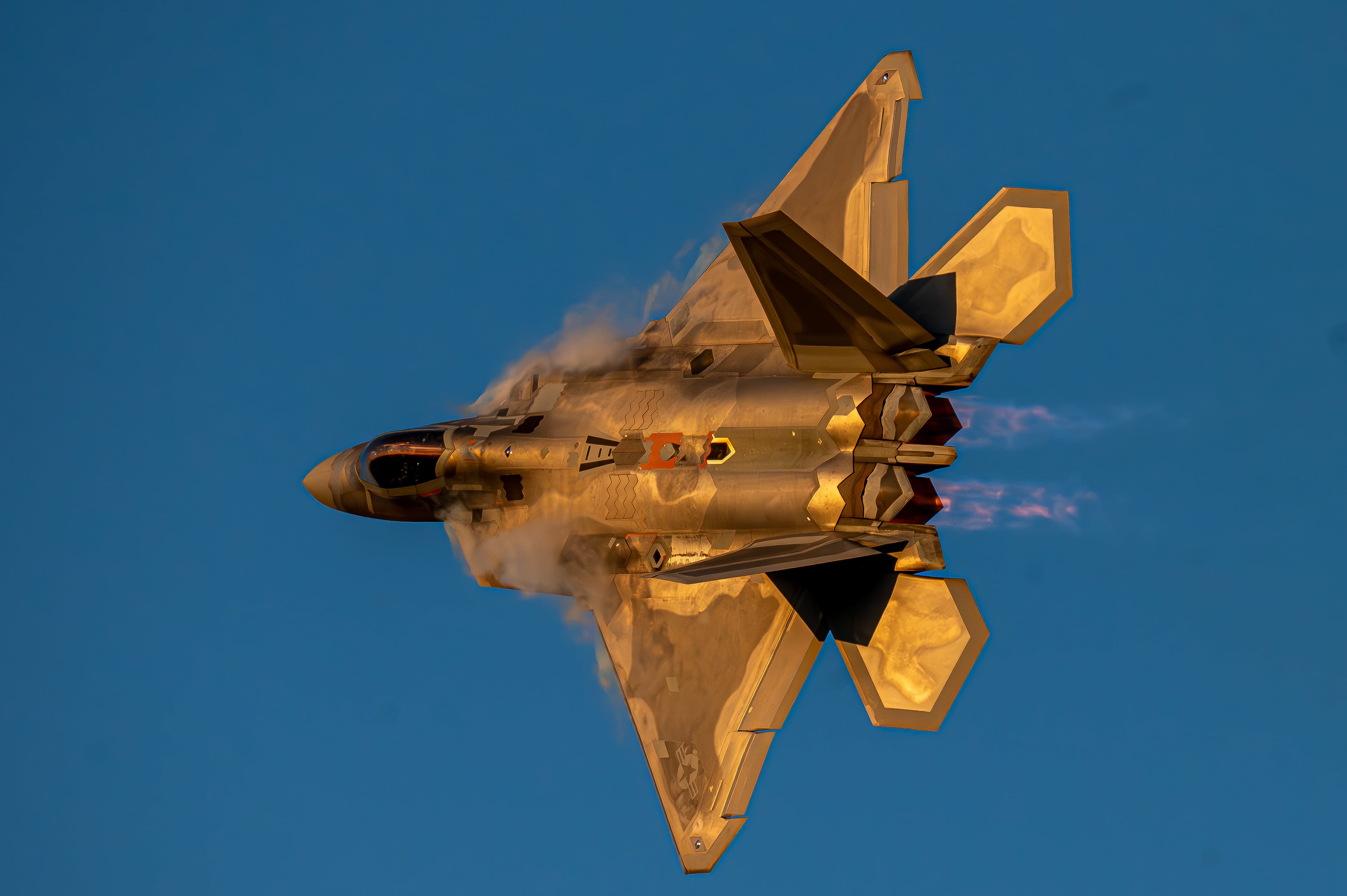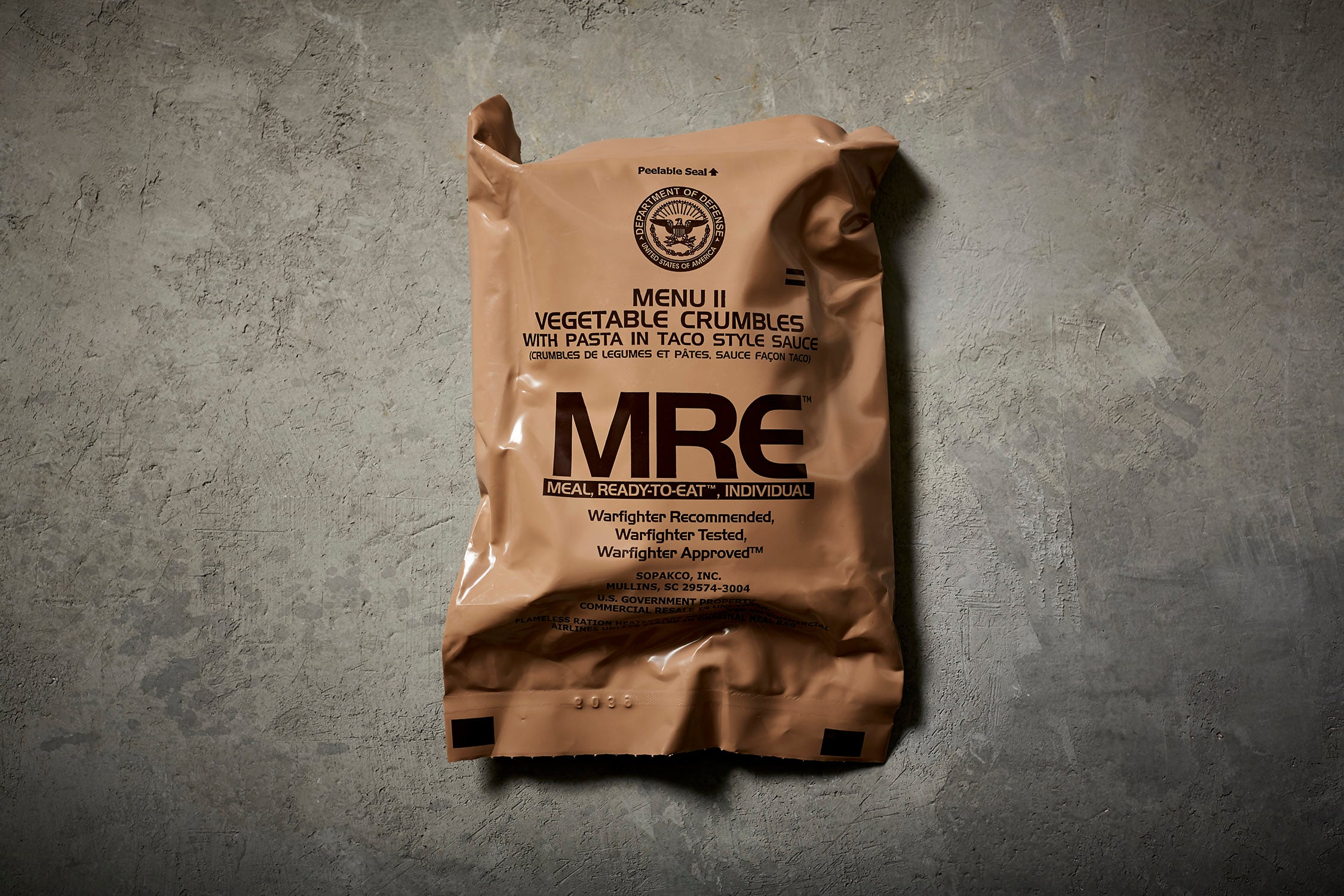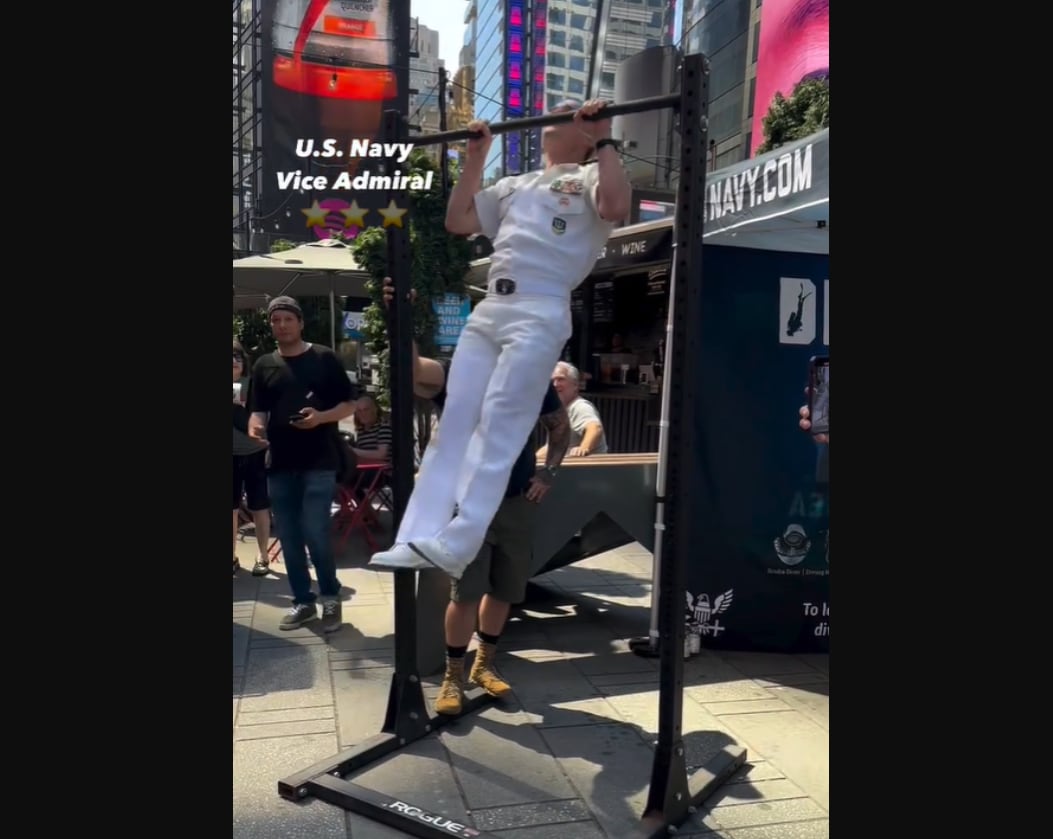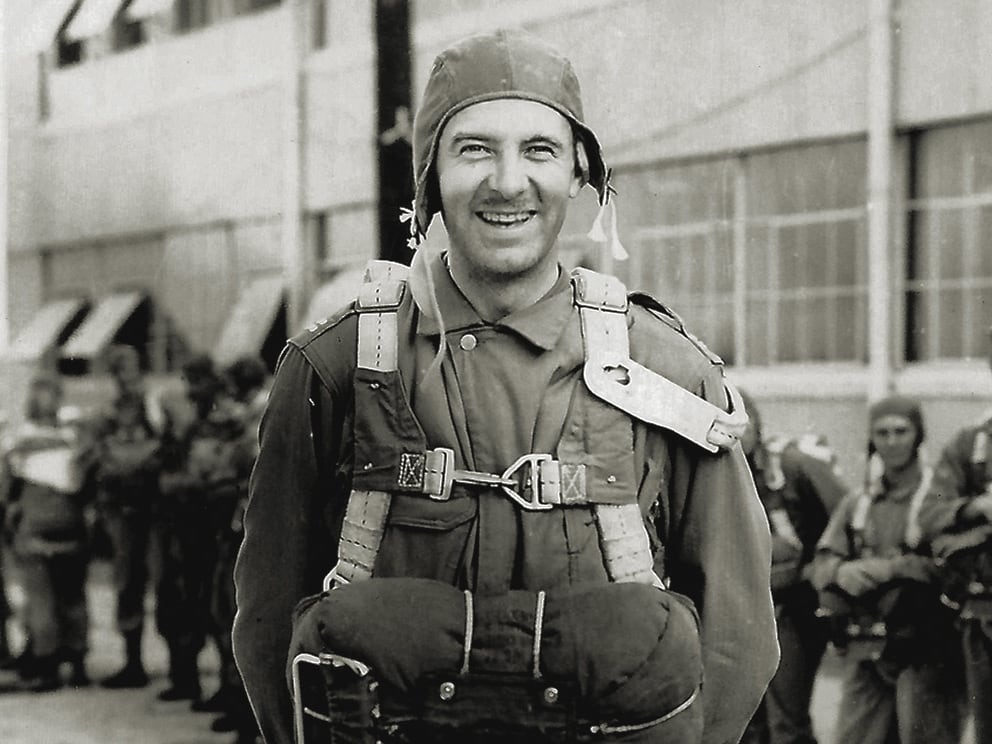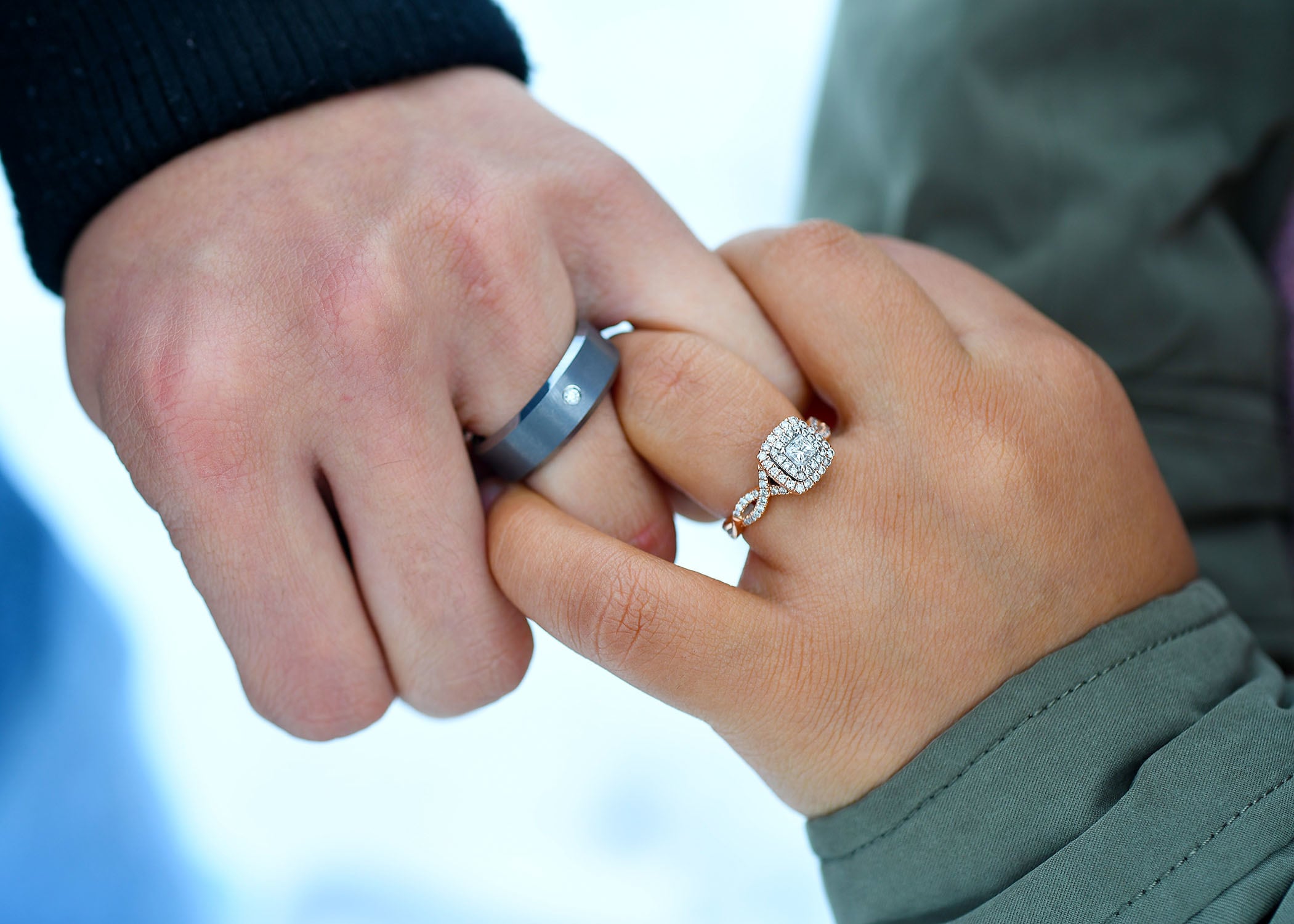The first FDA-regulated, placebo-controlled, double-blind study on smoked cannabis among veterans with diagnosed PTSD revealed improvements among those receiving doses with higher levels of THC, an active component in the herbal drug.
Published March 17 in the journal PLOS ONE, the peer-reviewed paper compares results of PTSD treatment in three cannabis combinations, as well as a placebo control group.
The study, conducted by the Multidisciplinary Association for Psychedelic Studies, or MAPS, indicated levels of improvement among participants using smoked cannabis blends with a 9 percent THC concentration. Improvements were also found using samples containing 11 percent CBD, as well as a sample containing 8 percent THC and 8 percent CBD. A fourth group, which also reported improvements, used a placebo.
THC, or delta-9-tetrahydrocannabinol, is the intoxicating, or psychoactive, ingredient of cannabis strains that produce the euphoric “high” effect. CBD, or cannabidiol, is one of the non-intoxicating cannabinoids in the cannabis plant. CBD-only products have been widely adopted in multiple states for medical, therapeutic and recreational uses.
RELATED
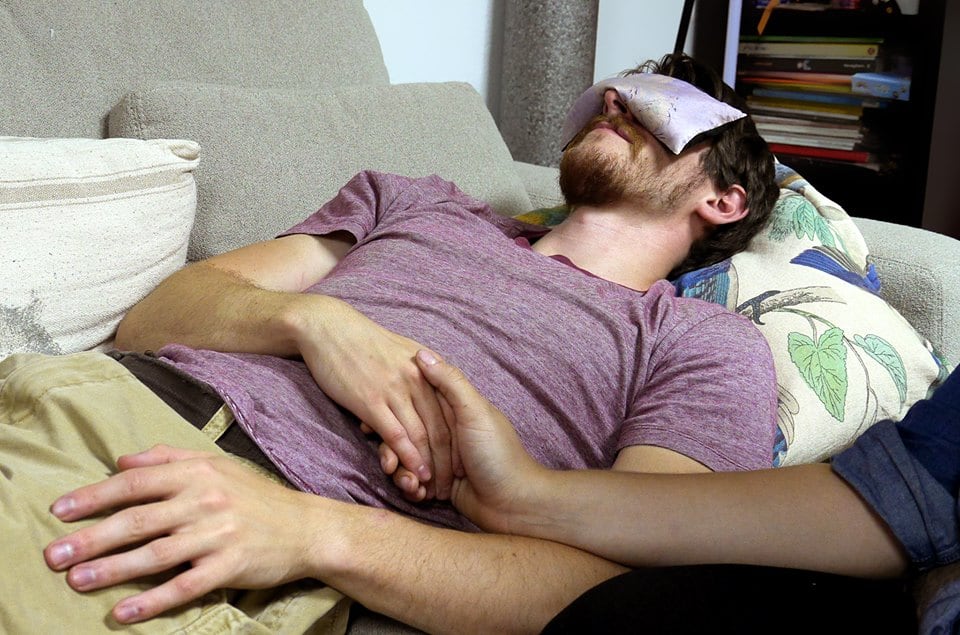
“This study served as the first randomized placebo-controlled trial comparing the therapeutic potential of varying ratios of THC and CBD for treating symptoms of PTS,” said Dr. Marcel O. Bonn-Miller, lead author of the study.
Bonn-Miller said the next step is to conduct larger, randomized, placebo-controlled trials that would help determine the “minimally-effective doses of THC needed to safely treat individuals suffering from PTSD while also mitigating risks of cannabis dependence in this vulnerable population.”
The lead author published the results of a separate, 150-person study in December 2020 that compared participants diagnosed with PTSD who used medical dispensary-supplied cannabis to treat their symptoms with other PTSD sufferers who did not use cannabis.
That study found that over the course of a year the cannabis users “reported a greater decrease in PTSD symptom severity...” Additionally, cannabis users were more than 2.5 times as likely to no longer meet the diagnostic criteria for PTSD as those who did not use cannabis. However, that particular study, unlike the most recent version, did not have the added use of placebo control.
“One of the biggest takeaways from this study is that veterans with PTSD can use cannabis at self-managed doses, at least in the short term, and not experience a plethora of side effects or a worsening of symptoms,” said Mallory Loflin, co-author of the paper and volunteer assistant professor of psychiatry at the UC San Diego School of Medicine.
Loflin added that worsening symptoms and side effects are often the initial concern of medical providers wary of prescribing cannabis for PTSD.
RELATED
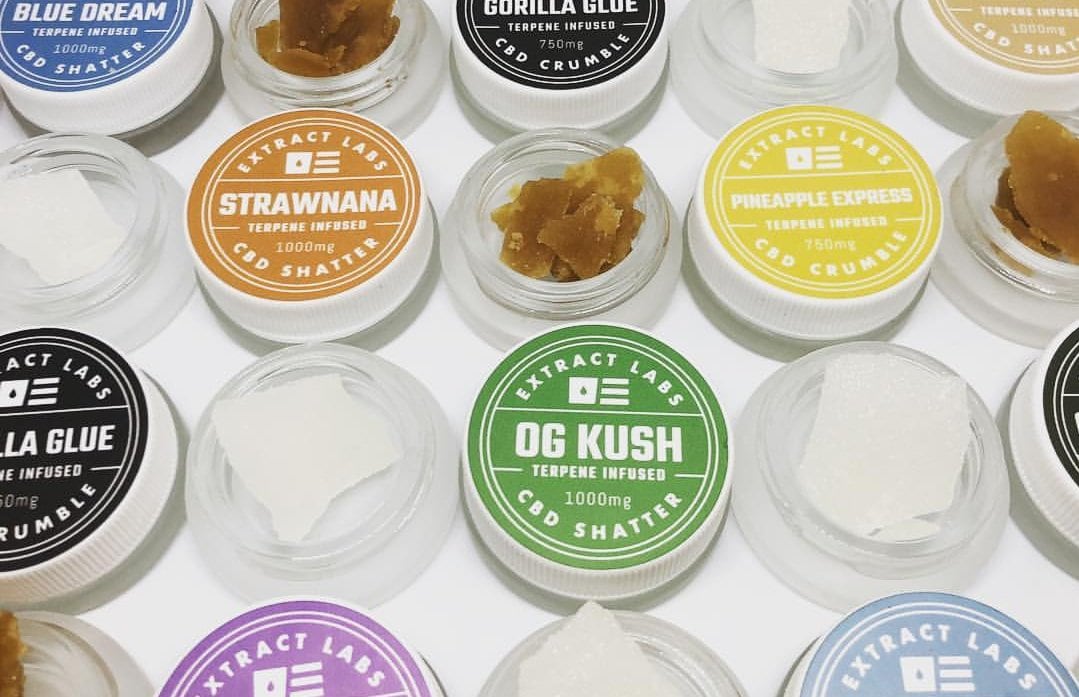
Cannabis, also commonly referred to as marijuana, has been legalized for widespread medical use in 20 states and two U.S. territories, according to Marijuana Business Daily.
Marijuana has been legalized for both medical and recreational use in 16 states, Washington D.C., and two U.S. territories. It is legal for extremely limited medical use, such as terminal cancer therapy, in 11 states.
Federal laws, meanwhile, still prohibit the possession and sale of cannabis, while both the Department of Defense and the Veterans Administration prohibit the use or prescribing of it. The VA estimates that 11 to 20 percent of recent veterans of the wars in Iraq and Afghanistan, and as many as one-third of all veterans, suffer from PTSD.
To conduct legal, FDA-approved studies on drugs such as cannabis or other psychoactive compounds covered in the criminal code, detailed permissions are required and sourcing of the substances must be done through federal channels. That limits the type and quality of substances that can be used, MAPS Executive Director Rick Doblin said.
“This study took seven years to obtain approval and three years to conduct at a cost of $2.2 million,” Doblin said. “The difference between anecdotal reports and these results may be the quality of the marijuana.”
RELATED
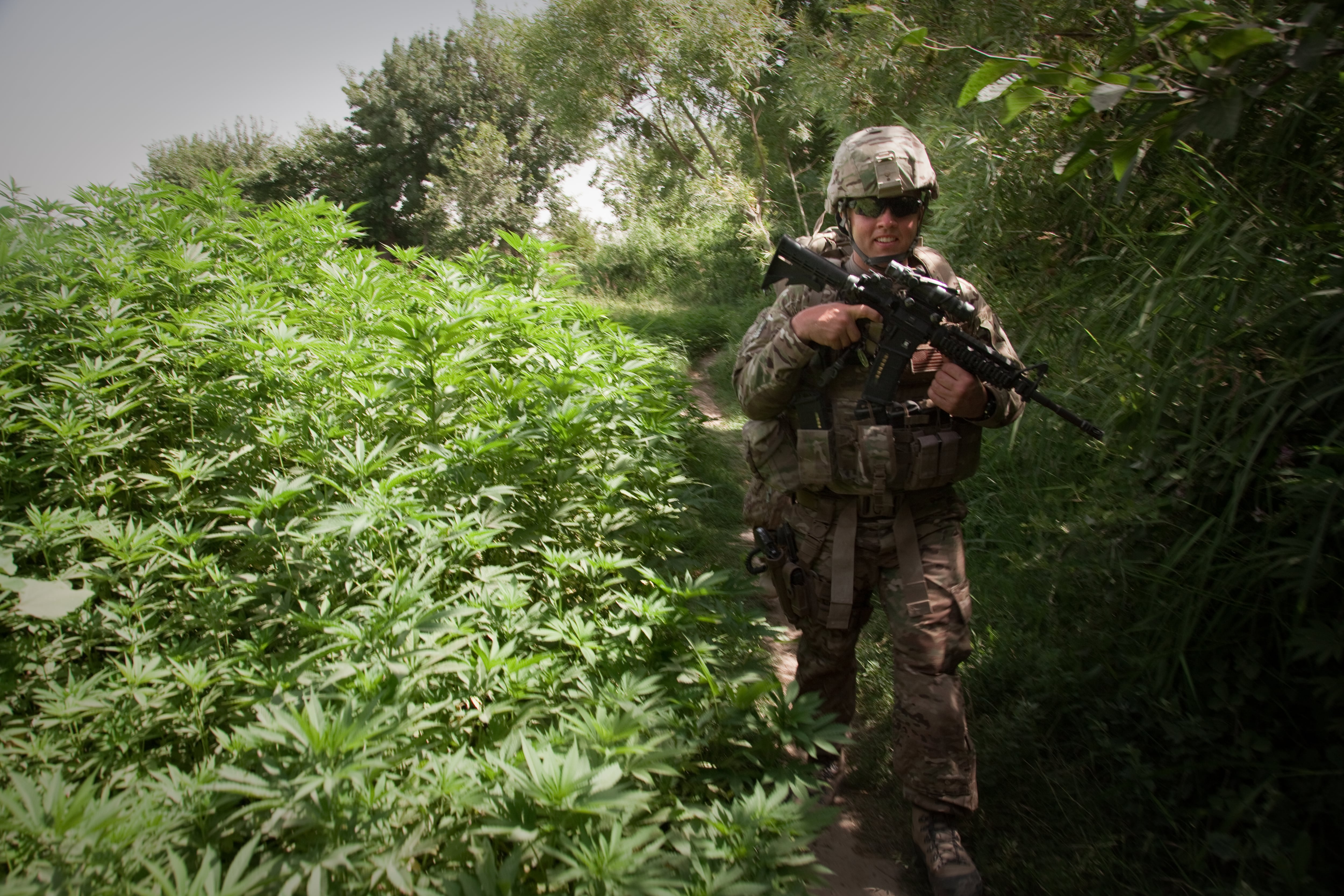
Higher quality cannabis is available through medical and commercial means in the U.S., but not approved for regulated research due to federal restrictions.
“Despite the absurd restrictions federal prohibitionists have placed on research for more than 50 years, we are squarely focused on launching further Phase 2 trials with imported cannabis of tested, higher potency, fresher flowers that will provide a valid comparison for the millions of veterans and others with PTSD who are looking for new options,” said Dr. Sue Sisley, co-author and president of The Scottsdale Research Institute.
A 2020 paper, also published in PLOS ONE, mapped cannabis potency in U.S. medical and recreational programs. That study examined 8,505 cannabis products across 653 dispensaries and showed an average THC concentration of 15 to 22 percent, approximately double the percentage seen in the samples used for the MAPS placebo-controlled study published this week.
MAPS previously conducted trials studying the use of MDMA, an active ingredient commonly found in the party drug ecstasy, in treating PTSD. The organization’s May 2018 study analyzed MDMA treatment on 26 first responders, mostly combat veterans, over two, day-long psychotherapy sessions.
In a one-month follow-up, 68 percent of participants reported that their PTSD symptoms had been “effectively eliminated.”
Todd South has written about crime, courts, government and the military for multiple publications since 2004 and was named a 2014 Pulitzer finalist for a co-written project on witness intimidation. Todd is a Marine veteran of the Iraq War.
In Other News
